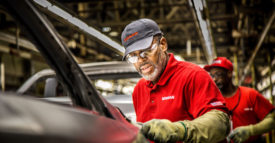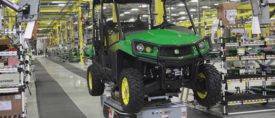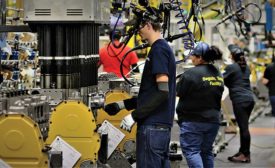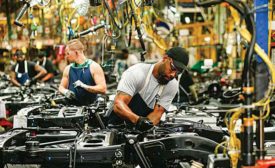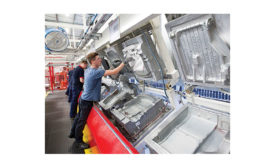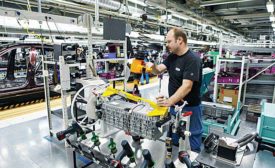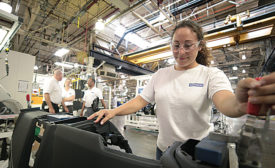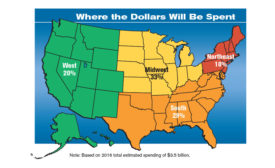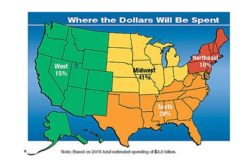Capital Spending
Our annual study of what assembly technologies manufacturers are buying and how much their spending on them.
ARTICLES
Capital Spending Survey 2022: Assemblers Continue to Invest
Buoyed by efforts to boost domestic production of EVs and electronics, manufacturers are investing in their assembly operations.
December 1, 2022
Capital Spending Survey 2021: Assemblers Gear Up for Recovery
With the pandemic subsiding and consumer spending on the rise, manufacturers are investing in their assembly operations.
December 7, 2021
2020 Capital Spending Survey: Cautious Optimism
With a new presidential administration and an end to COVID in sight, manufacturers are ready to invest in their assembly lines.
December 4, 2020
ASSEMBLY Capital Spending Report 2019: Manufacturers Continue to Invest in Technology
Despite some headwinds, manufacturers will continue to invest in assembly technology
December 9, 2019
ASSEMBLY Capital Spending Report 2018: Spending Increases due to Economic Growth and Tax-Cuts
Spurred by tax cuts and economic growth, manufacturers will continue to invest in their assembly operations.
December 6, 2018
ASSEMBLY Capital Spending Report 2017: Capital Spending Continues to Increase
With the economy firing on all cylinders, our annual Capital Equipment Spending Survey predicts continued growth in investment.
December 1, 2017
ASSEMBLY Capital Spending Report: Capital Spending to Increase
With automotive and aerospace manufacturing going strong, our annual Capital Equipment Spending Survey predicts continued growth in investment.
December 1, 2016
EVENTS
Webinar Webinar
1/31/24 to 1/31/25
Contact: Meg K.
Manufacturing Investment 2023-2024: Looking Back, Looking Forward
Never miss the latest news and trends driving the manufacturing industry
Stay in the know on the latest assembly trends.
JOIN TODAY!Copyright ©2024. All Rights Reserved BNP Media.
Design, CMS, Hosting & Web Development :: ePublishing
